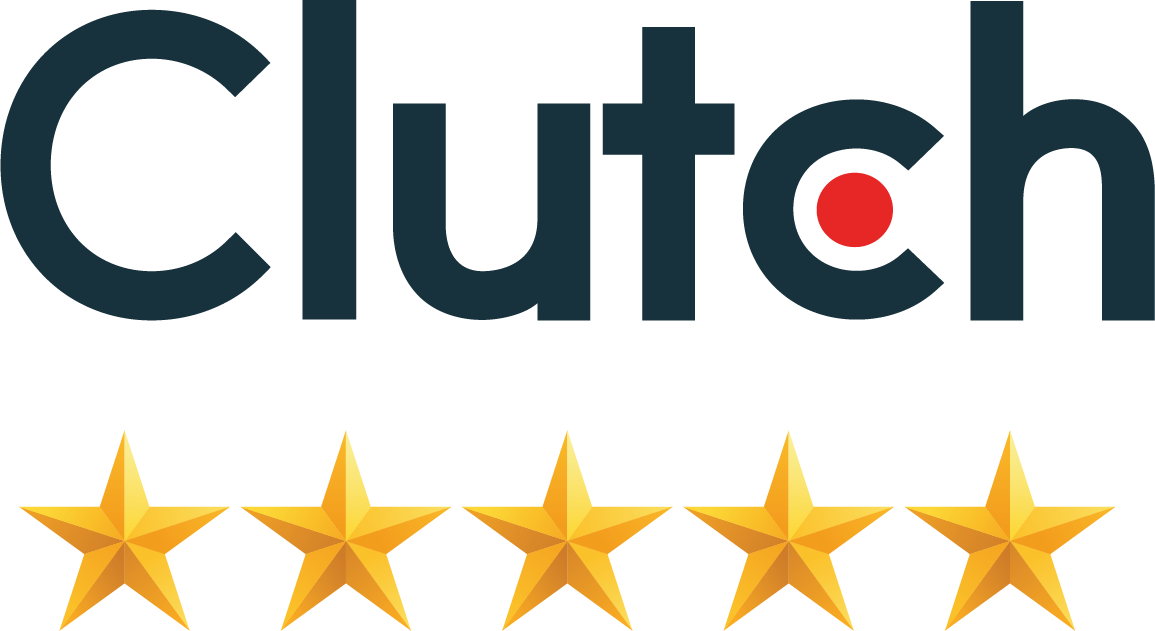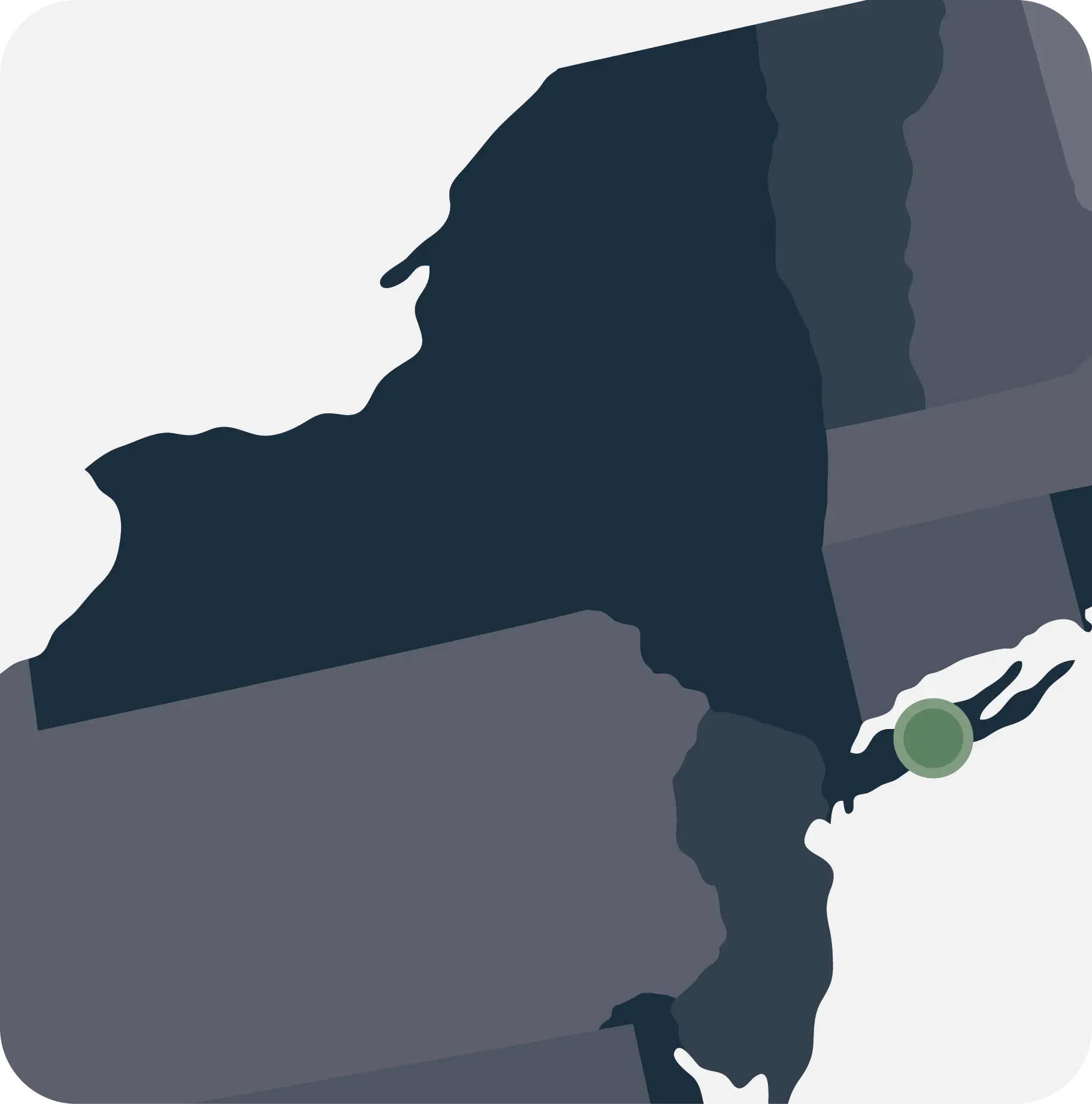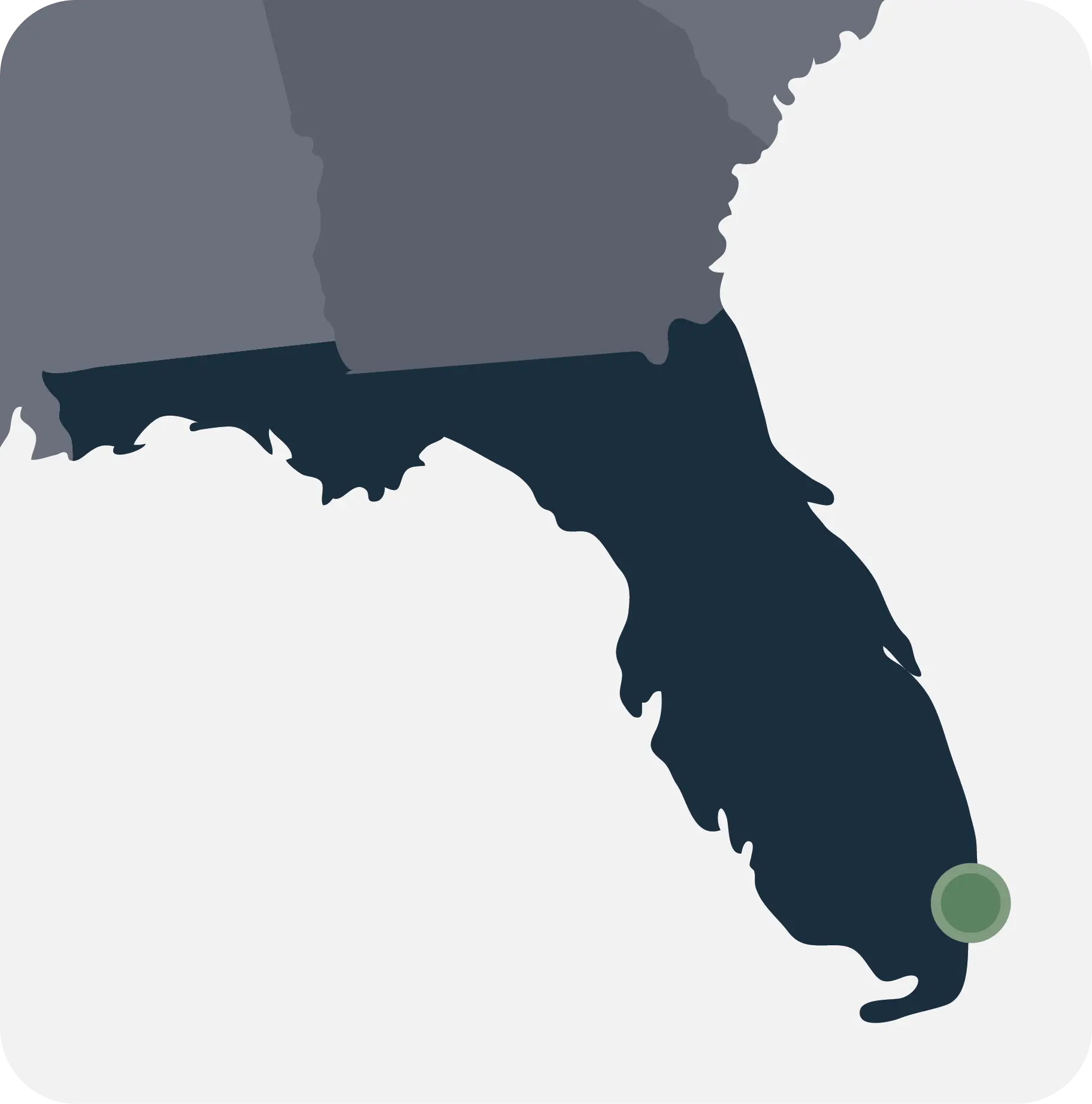Afew industry products won the ‘tariff lottery’ this week, by being put on a list that China’s Ministry of Finance compiled. These products would have tariff’s waived beginning September 17th of this year and last for a full year until September 16th of 2020. This is great news for these particular goods, which include things like food for livestock, cancer drugs, lubricants and grease, but where does that leave the rest of us?
While the rest of the country is scrambling to balance raising prices and retaining clientele, your business has learned how to use Foreign Trade Zones to keep costs low by deferring or minimizing tariffs and avoid restricting your balance sheet.
The large majority of US manufacturers are still deeply concerned over where this trade war is headed, and with only talks scheduled for October, there seems to be no end in sight. So how do you, as an American business owner, take advantage of low costs that are being eaten away by these frustrating tariffs? Some companies are looking to manufacture outside of China, into other “tariff-free” territories. However, the idea of completely relocating your manufacturing operation is, at best, daunting and at worst, crippling to your productivity and can create uncalculated risk in an area that should be predictable and fixed.
This is where your ability to take advantage of Free Trade Zones for importing and exporting goods will show the most significant value to your business and has the ability to alleviate or reduce a large amount of this tariff burden. While the rest of the country is scrambling to balance raising prices and retaining clientele, your business has learned how to use Foreign Trade Zones to keep costs low by deferring or minimizing tariffs and avoid restricting your balance sheet.
So, unless you won the ‘tariff lottery’ this week, it’s time for you to make a decision on how to get out from under the trade war and take in a bigger piece of this strong economy. Tri-Link FTZ are the experts in Foreign Trade Zone utilization and with locations near ports of entry in Los Angeles, New York and Miami, they are strategically poised to help the American manufacturer import and export goods with a focus on peace of mind and profit.






